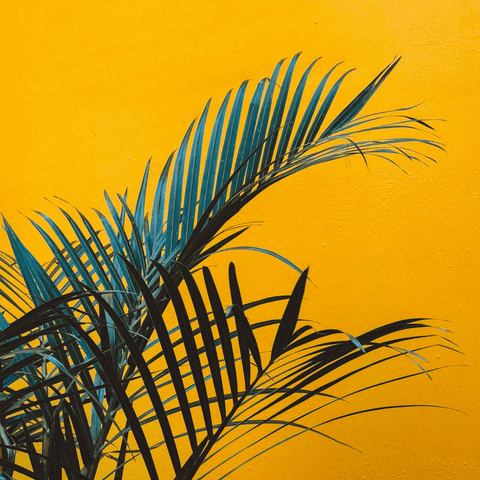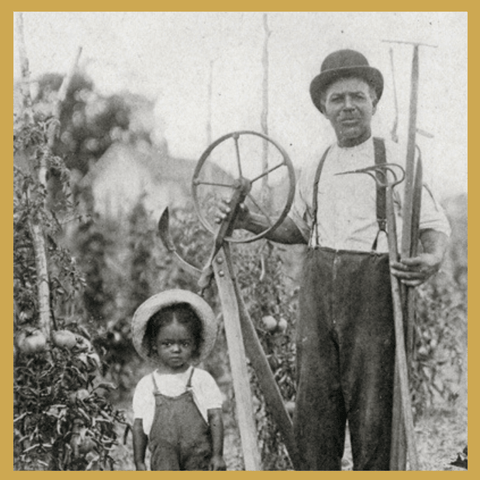You may be surprised to learn that some of the most popular houseplants in the world are actually rooted in the motherland, that’s right, Africa. Today, we are featuring seven plants that are native to the continent of Africa. Read on to see some of the most popular houseplants rooted in Africa.
SNAKE PLANT

One of the most favored houseplants for its easy low maintenance and care, the Sansevieria (aka The Snake Plant), has roots native to Africa and can be found from West Africa to Madagascar. Some of the 70+ plant varieties can also be found in Southern Africa. In most African countries, the leaves are used to produce fiber to create items, including rope and baskets.
Snake Plants are renowned for their air purification qualities, as they remove toxins such as formaldehyde and xylene from the atmosphere. They make perfect bedroom plants, too, as they remove carbon dioxide and produce oxygen mostly at night. For over 20 years, NASA has used these plants on their space shuttles for this reason.
ZEBRA PLANT

The Zebra Haworthia is also named Zebra Cactus, although it's a succulent and not a Cacti plant. Native to the Eastern Cape of South Africa, these clump-forming succulent plants have similarities with the Aloe plant and are related to the same sub-family.
It was introduced to Europe in 1600 by a group of adventurous collectors and is now a famous household beauty around the world. The Haworthia is a large genus of small succulents native to southern Africa. Their popularity is derived from the white zebra-like stripes that adorn their leaves and their easy-care character.
ZZ PLANT

Before 1996, the ZZ plant was probably not known to anyone outside of the continent of Africa. Flash forward to today, and that plant has become one of the most popular indoor and office plants around. The ZZ Plant is known by many names, including Zanzibar Gem, Zuzu Plant, Emerald Palm, and the Eternity Plant. It is a tropical perennial plant native to south-eastern Africa- from southern Kenya to north-eastern South Africa. This is where the plant grew outdoors in its natural habitat for years. It wasn’t until 1996 when Dutch nurseries located in South Africa saw the potential of propagating and made the plant available for distribution worldwide.
STRING OF BEADS

Senecio Rowleyanus, commonly known as String-Of-Pearls or String-Of-Beads, is the Aster family’s leafy succulent vine. It is native to southwest Africa’s dry areas, where its stems typically trail along the ground 2-3' long or more, rooting at the nodes to form a dense creeping ground cover.
ALOE VERA

Aloe Vera is probably one of the most popular plants when it comes to the Black household due to its medicinal purposes, which date back thousands of years. The Aloe family is found all over Africa, with many species indigenous to South Africa. The aloe vera plant is a succulent that stores water in its leaves in the form of a gel, highly moisturizing and great for sunburn, bug bites, minor cuts or wounds, and other skin problems.
SPIDER PLANT

Spider plants (Chlorophytum Comosum) are called this not because they attract and harbor spiders, but rather because of the little plantlets or offshoots at the ends of long wiry stems resembling spiders. Native to southern Africa, these are the easiest houseplants to grow, generally being grown in a hanging container to allow the stems to cascade. A NASA study in the 1980s found that spider plants were one of the top indoor plants’ list for removing formaldehyde and other toxins such as carbon monoxide, common in homes and public spaces now from the off-gassing of synthetic materials.
FIDDLE LEAF FIG

Fiddle Leaf Figs (Ficus Pandurata) was one of the most popular plants of 2020 and can grow up to 10ft indoors. The story of the Fiddle Leaf Fig plant starts along the West African coast. For millions of years, it has been growing in the wild of several West African countries. A native species of Sierra Leone and Cameroon, the plant flourishes in the lowland tropical rainforest. It’s part of the Moraceae family of plants, including the Mulberry and Fig Tree species, along with over 1000 other plant species - meaning the Fiddle Leaf fig has a lot of cousins.





Comments (0)
There are no comments for this article. Be the first one to leave a message!